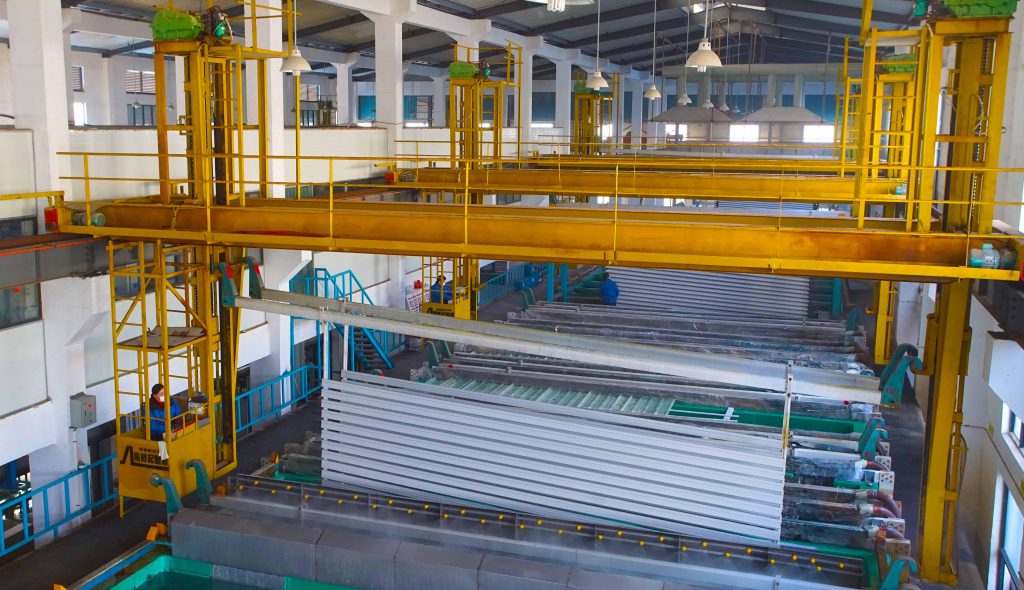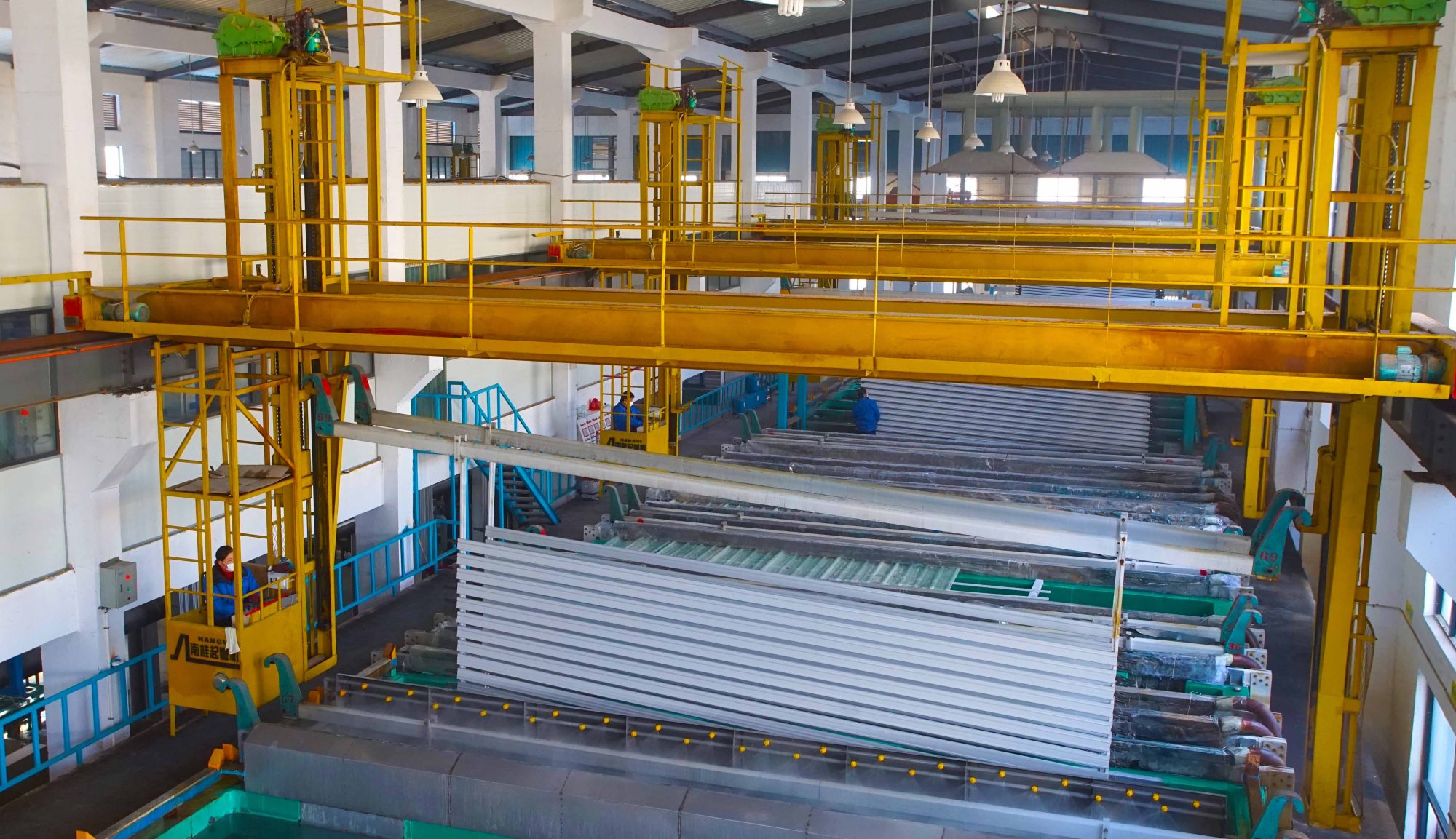Aluminum has long been recognized for its valuable properties and versatility, making it a critical material in various industries. However, recent revelations at the GHG emissions intensity investigation hearing shed light on a significant aspect of aluminum production that often goes unnoticed—the incorporation of recycled content.
The Institute of Scrap Recycling Industries (ISRI) and the Aluminum Association presented compelling data that showcased the substantial portion of aluminum produced in the United States incorporating recycled content, a remarkable step in environmental sustainability and energy efficiency. According to ISRI, nearly 80% of U.S. aluminum production utilizes recycled aluminum, far surpassing the global average where only 30% of steel is made from recycled content. This stark contrast demonstrates the efficiency of the U.S. aluminum and steel sectors compared to their international counterparts.
Adam Shaffer, Assistant Vice President of International Trade and Global Affairs at ISRI, emphasized the significant environmental impact of recycling. He highlighted the vital role of the U.S. recycled materials industry in combatting climate change, stating that recycled commodities annually save the equivalent of nearly 400 million tonnes of carbon dioxide—an amount equal to the energy use of 48 million homes for one year. The impact of recycled aluminum in reducing energy consumption and carbon emissions cannot be understated.
Charles Johnson, President and CEO of the Aluminum Association, further reinforced the indispensable role of materials like aluminum in the green energy transition. He highlighted the significant domestic investment in aluminum plants and operations, with nearly $10 billion committed or spent to build and expand US aluminum facilities over the past decade. This commitment includes the construction of two brand-new, state-of-the-art aluminum rolling and recycling mills that are currently underway.
Moreover, the Aluminum Association emphasized that the carbon impact of North American aluminum production has halved over the past 30 years, attributed to technological advancements, efficiency improvements, and a shift from coal-fired to renewable energy sources in smelting processes. This notable reduction underscores the industry’s dedication to environmental progress and sustainability.
In conclusion, the significant revelation at the GHG emissions intensity investigation hearing underscores the critical role of recycled aluminum in environmental sustainability and the green energy transition. The continuous support for the aluminum industry and its environmental efforts is paramount to driving further progress and innovation in these areas.

